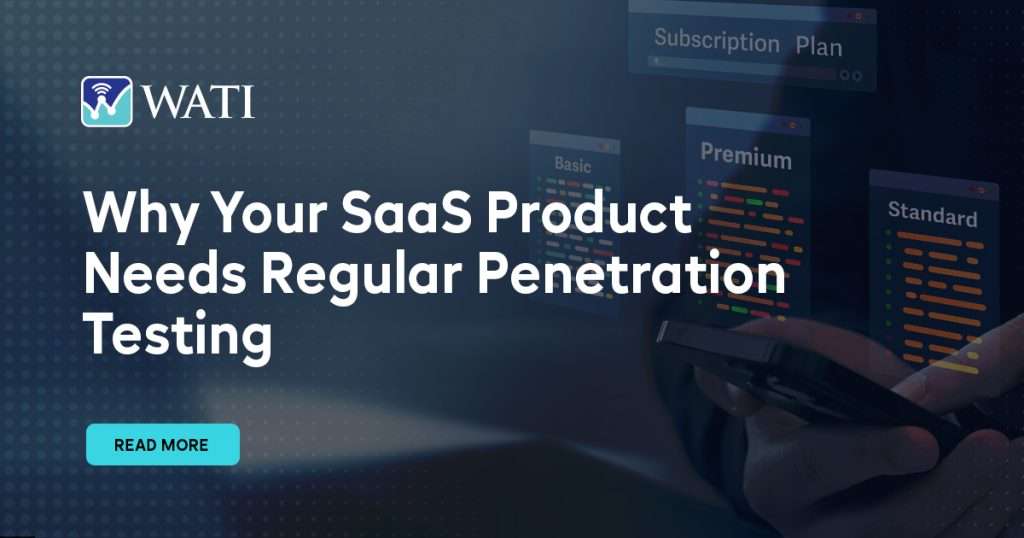Cyber breaches aren’t hypothetical, they’re inevitable. Yet many businesses still hesitate to invest proactively in cybersecurity, viewing it as an optional IT expense rather than a strategic necessity.
The reality? The financial, operational, and reputational damage from even a single breach can be devastating, while prevention remains dramatically less expensive and far more effective.
This article explains why the true cost of a cyber breach goes beyond immediate loss, and why forward-thinking organizations invest in prevention to protect their future.
The Real Cost of a Cyber Breach
According to IBM’s Cost of a Data Breach Report 2024, the average global cost of a data breach has risen to $4.45 million, and breaches in the U.S. average more than $9 million. But these numbers capture only the direct costs, including:
- Incident response and forensic investigations`
- Legal fees and regulatory fines
- Customer notification and credit monitoring
- System repairs and upgrades
- Business interruption and downtime
Beyond these, the indirect costs often double or triple the financial damage.
Hidden Costs Businesses Often Overlook
Reputational Damage
A breach erodes customer trust, which can take years and significant investment, to rebuild.
Customer Churn & Missed Opportunities
Clients may end contracts or avoid new deals if they perceive your business as risky.
Higher Cyber Insurance Premiums
Insurers increase rates after an incident, adding ongoing costs.
Operational Disruption
Teams are forced to focus on recovery rather than growth, harming productivity.
These hidden costs often exceed the immediate financial loss, making prevention not just smart — but essential.
Why Prevention Costs Less Than Recovery
Some businesses hesitate to invest in cybersecurity services like VAPT or red teaming, seeing them as optional costs. But prevention is consistently more affordable than the fallout from a breach.
Proactive cybersecurity delivers measurable benefits:
- Fewer successful attacks: Discover and fix vulnerabilities before hackers do.
- Shorter downtime: A clear incident response plan reduces recovery time.
- Regulatory readiness: Meet standards like GDPR, HIPAA, and PCI DSS.
- Stronger customer confidence: Security is now a competitive advantage.
In contrast, the reactive approach, investing only after a breach — costs significantly more and risks permanent damage to your brand.
Practical Steps to Protect Your Business
You don’t need an enterprise-sized budget to improve your cybersecurity posture. These proven measures help organizations of all sizes reduce risk:
Vulnerability Assessment & Penetration Testing (VAPT)
Identify and fix security gaps before attackers exploit them.
Red Teaming Services
Ethical hackers simulate real-world attacks to test your defenses and response.
Employee Security Awareness Training
Most breaches start with human error; training helps staff avoid common traps.
Zero Trust Architecture
Treats every user, device, and system as potentially compromised.
Patch and Update Management
Regularly close known vulnerabilities to keep systems secure.
Incident Response Planning
A documented, tested plan ensures quick, coordinated action in a crisis.
Penetration Testing as a Service (PTaaS)
Affordable, ongoing testing for continuous protection.
These steps protect not just your IT systems, but your business reputation and revenue.
Cybersecurity as a Strategic Investment
Modern threats target what businesses value most: data, customer trust, and continuity. That’s why cybersecurity must evolve from a cost center into a business strategy.
For leadership teams, the right question is not “Can we afford to invest in prevention?” but “Can we afford not to?”
Proactive security:
- Protects revenue by reducing downtime.
- Helps avoid legal and regulatory penalties.
- Strengthens customer loyalty and market reputation.
- Reduces the long-term costs associated with breaches.
By aligning cybersecurity with business goals, companies protect what matters most.
Conclusion:
Cybersecurity isn’t just about technology — it’s about protecting your entire business. The average cost of a breach keeps rising, but prevention remains predictable, manageable, and far less expensive.
Investing in VAPT services, red teaming services, employee training, and a robust incident response plan helps you avoid catastrophic losses and supports sustainable growth.
In the digital age, prevention isn’t just cheaper it’s the smarter choice for businesses that want to stay competitive and build lasting trust.
Frequently Asked Questions (FAQs)
A: Around $4.45 million globally and over $9 million in the U.S., according to IBM.
A: Proactive security costs less than legal fees, downtime, lost customers, and reputational damage after a breach.
A: Vulnerability Assessment and Penetration Testing identify and fix system weaknesses before attackers exploit them.
A: Ethical hackers simulate advanced attacks to test your organization’s ability to detect, respond, and recover.
A: At least once a year, or after major changes like system updates or new product launches.
A: Yes. Attackers often target small businesses, assuming they have weaker defenses.
A: Penetration Testing as a Service provides continuous, scalable testing at predictable costs.
A: Regular testing and documented policies support compliance with GDPR, HIPAA, PCI DSS, and other standards.
A: Educated staff can recognize phishing and other threats, which stops many attacks before they begin.
A: Begin with a professional risk assessment to identify your vulnerabilities and create an action plan.



